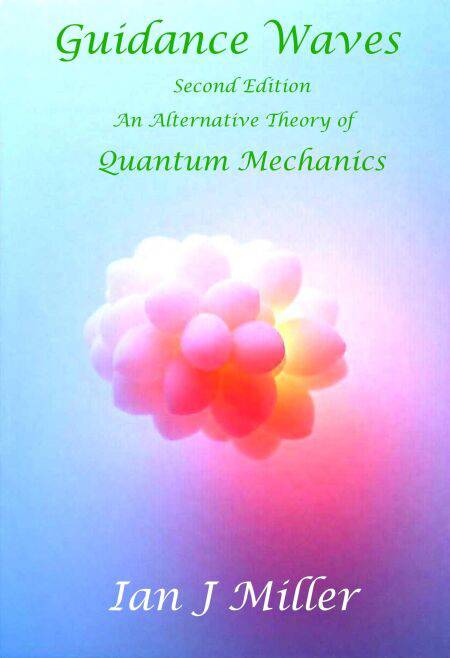
- Retrait gratuit dans votre magasin Club
- 7.000.000 titres dans notre catalogue
- Payer en toute sécurité
- Toujours un magasin près de chez vous
- Retrait gratuit dans votre magasin Club
- 7.000.000 titres dans notre catalogue
- Payer en toute sécurité
- Toujours un magasin près de chez vous
Description
The guidance wave offers an alternative approach to quantum mechanics. Rather than focus on the position of the particle, which leads to well-known statistical issues, it proposes a physical wave, the equation for which is the Schrödinger equation that determines the energy of the wave oscillation. The wave behaves as a classical wave, which makes this the only theory that operates in normal 3D space, uses separable components of motion, and operates locally. Lengths between node and antinode are determined by the quantization of action. This greatly simplifies some calculations. It is the only theory that acknowledges that the wave function becomes real at the antinode, and by assuming the wave only interacts with the particle there we derive the Uncertainty Principle and the Exclusion Principle, and make the calculation of chemical bond properties so much simpler.
It proposes that the physics used in three Nobel Prizes were faulty. First, the Born rule. Using standard physics the wave and the particle are not in the same place. They are in the guidance wave. For the prize to Pople, the evidence is he used the wrong wave functions and omitted a quantum effect, which was corrected by using assigned constants. It is shown why the rotating polarizer experiments did not show a violation of Bell's Inequality. It also predicts some experimental results that would falsify any theory that requires the property to be determined at measurement. Finally, it shows that nuclear binding might be based on electromagnetism, and by considering the separability of wave components it provides a model that explains why which nuclei are stable.
Spécifications
Parties prenantes
- Auteur(s) :
- Editeur:
Contenu
- Langue:
- Anglais
Caractéristiques
- EAN:
- 9798230148715
- Date de parution :
- 18-11-24
- Format:
- Ebook
- Protection digitale:
- /
- Format numérique:
- ePub







